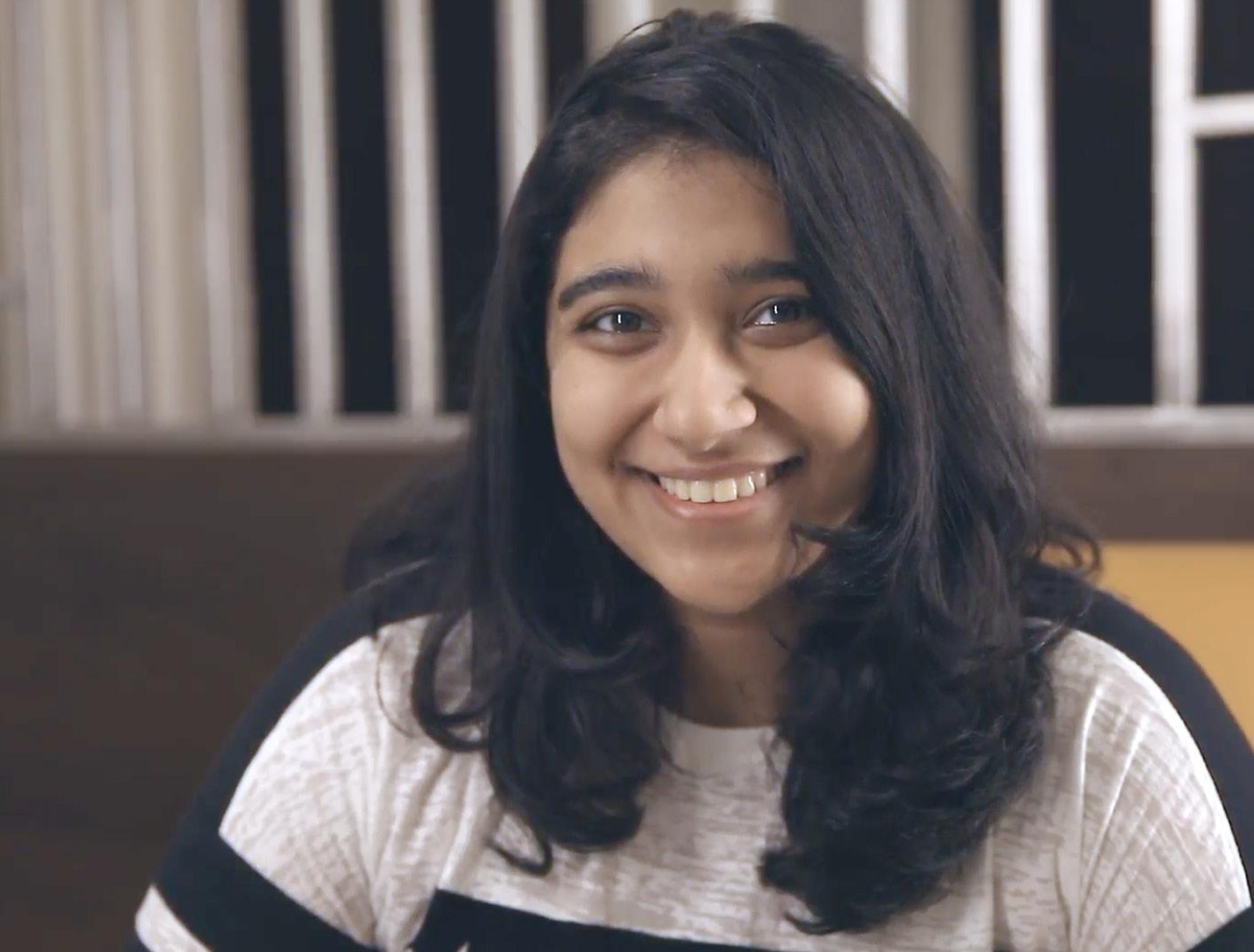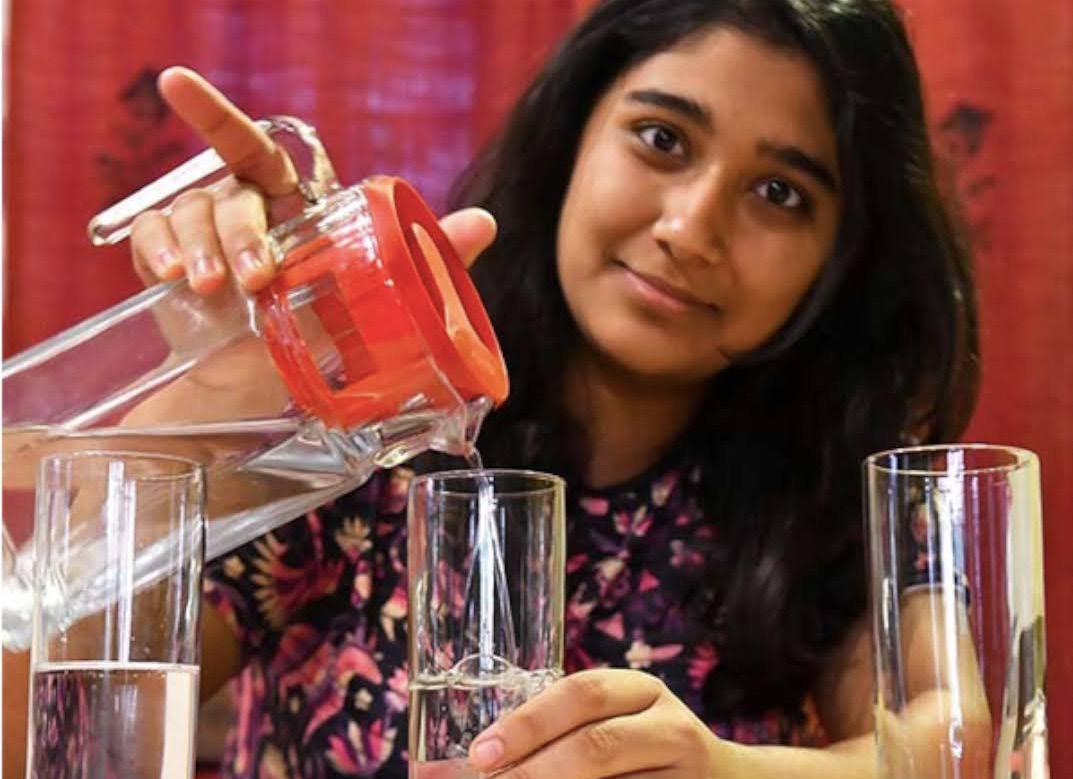
3 minute read
Banking on Water
Garvita Gulhati, was appointed as an Ashoka Fellow for her work in water conservation
Garvita Gulhati drives effort to stave off the feared water wars by conserving the precious commodity
DEEPA PADMANABAN
There is a water crisis everywhere – and someone ought to do something about it. Perhaps someone like Garvita Gulhati.
According to the United Nations, “Water use has been growing globally at more than twice the rate of population increase in the last century.” A 2016 study found that four billion people – making up two-thirds of the world population – face water scarcity at least one month of the year. In 2019, the World Resource Institute listed 17 countries facing extremely high water stress, these including Qatar, UAE, Saudi Arabia, and India.
Garvita Gulhati, 21, an Ashoka Fellow for her work in water conservation, is striving to get people to reconsider their water usage and do something about it.
When she was 15, she learned that about 3.7 million gallons of water are lost because of the water left behind in glasses in restaurants. She learned that this had something to do with a law from the 1800s that required every restaurant has to provide a free restroom and water to passersby.
“This went from being a law to a hospitality norm, on which the industry was graded, on how well they service the customers,” Gulhati says. “One of these was norms to keep the glass full.”
She suggested that restaurants fill just half of the glass with water, putting stickers at the half-water mark. Gulhati got 30 restaurants in Bangalore to sign on, but scaling up by reaching every restaurant was a challenge. Then she applied to change.org’s program that teaches how campaigns work, and became the youngest person to be accepted into the program.
She found out that she could reach a large number of restaurants by working with the National Restaurants Association of India. Her 2018 campaign, “Glass Half Full,” took a year to draw the association’s attention.
“It was not easy to convince them,: Gulhati admits. “Finally we met Abhijit Saha, a celebrity chef who helped us secure the collaboration.”
In 2019, she partnered with the association to take the campaign to over 100,000 restaurants across India.
“The campaign took a life of its own as restaurants as well as [companies] embraced it,” Gulhati says. “We did not monitor the campaign, but reached out to see if they needed any support.”
The partnership, which educated restaurant staff and customers were sensitized to the need to conserve water, helped save over 2.64 million gallons of water.
Gulhati founded Why Waste, a non-governmental organization that raised awareness about wasteful water consumption. It is India’s largest youth-led movement addressing water conservation. The core team consists of eight people, and there are 25 members in all, besides several floating volunteers.
Recently, after hearing that Cape Town in South Africa dodged a water crisis after it monitored citizens’ water consumption to get them to cut consumption, Gulhati launched the Why Waste? App. Individuals learned to save water at home after calculating their water footprint on the app through a series of simple questions, such as time taken in the shower and the type of faucets they used. They could see how their water usage compared to average consumption and use a set of simple challenges to find out how to reduce their water footprint.
For World Water Day, March 22, Gulhati put together a social media campaign to get more people to rethink their water consumption by calculating usage and sharing it on social media.
Gulhati recently received a Shawn Mendes Foundation grant to improve the app, making her the first Indian out of 11 people to receive it. Last year, she also won the Diana Award, which recognizes young people’s social and humanitarian efforts.
The team also plans to set up Why Waste? satellites in other countries. She already has volunteers in Canada, Dubai, Nepal, and others countries who have been conducting events at the community level to create awareness about water conservation.
Gulhati says ultimately she hopes “to help everyone become conscious and aware of their water consumption.”

Gulhati convinced a 100,000 restaurants to save water by keeping only half a glass filled at a time for each customer










